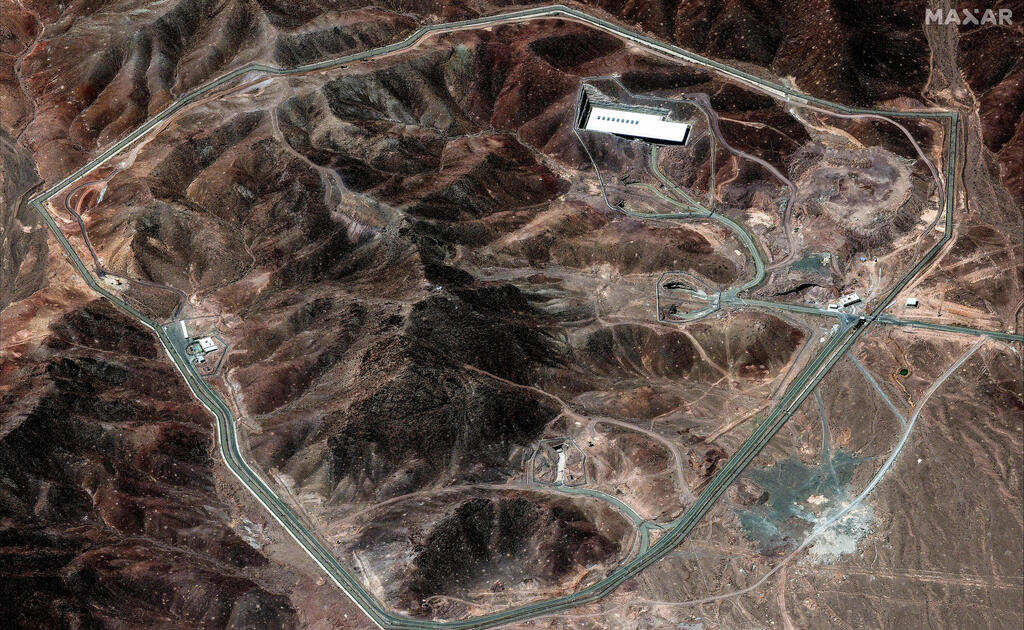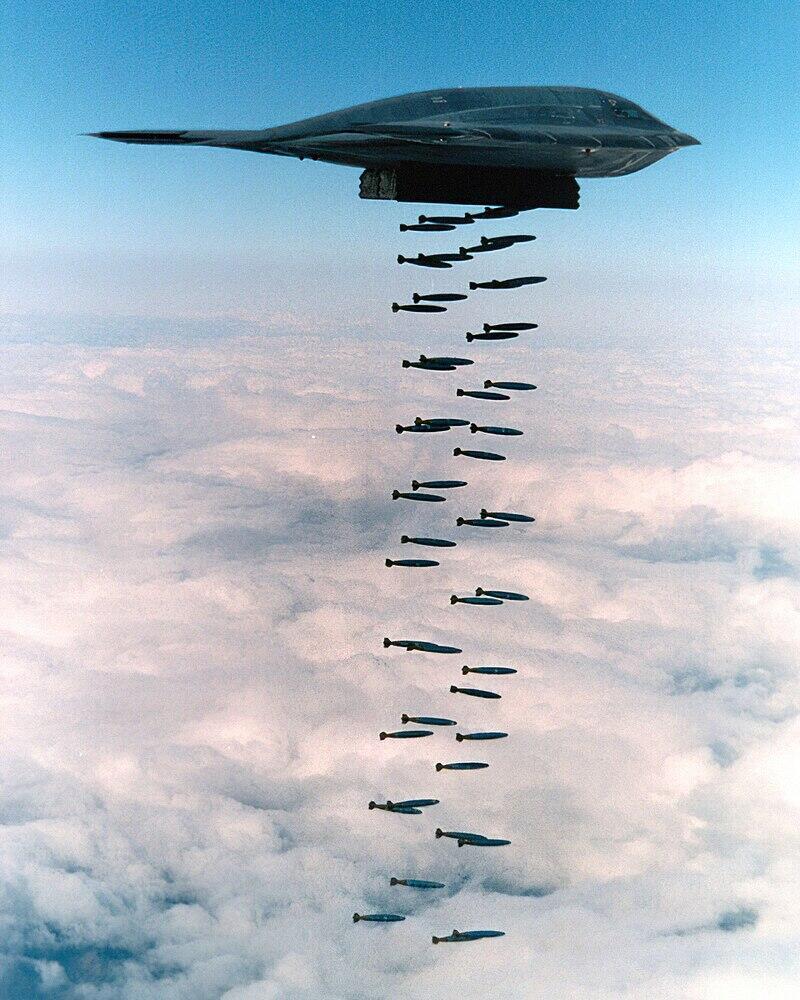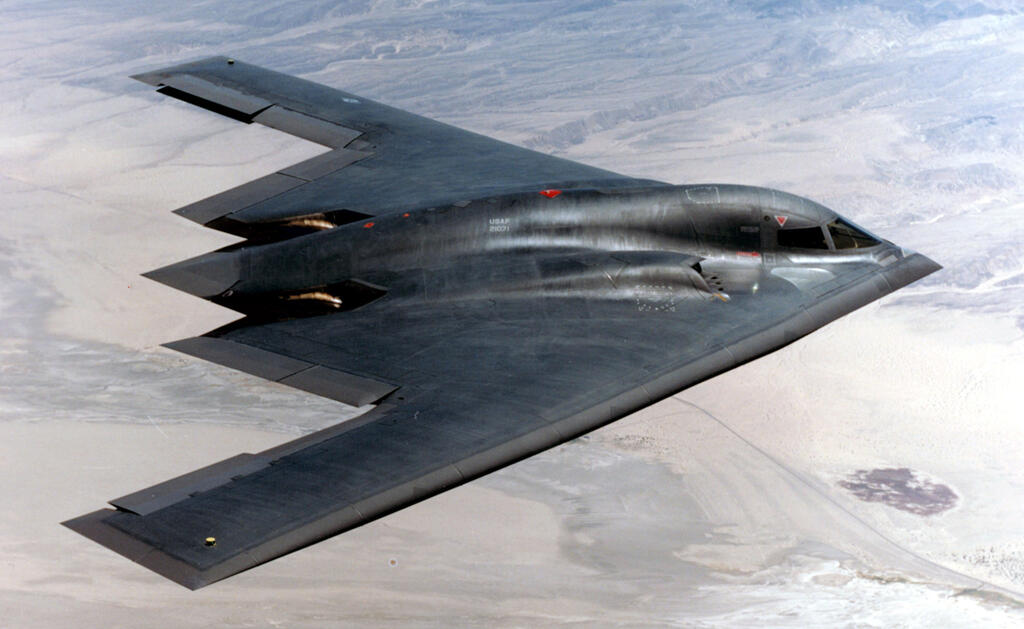Israel has struck nuclear-related sites in Natanz, Isfahan and Arak in recent days, but one key Iranian facility remains untouched: the heavily fortified uranium enrichment site at Fordow.
Buried deep into a mountainside, Fordow is believed to be beyond the reach of Israeli munitions—and only the United States possesses bombs capable of potentially destroying it.
B-2 stealth bomber drops a bunker-busting bomb
On Saturday, Fox News reported that six U.S. Air Force B-2 “Spirit” stealth bombers—among the only aircraft capable of carrying the 12.3-ton GBU-57 bunker-busting bomb—took off from Whiteman Air Force Base in Missouri en route to Guam. The information was based on flight tracking data and air traffic control transmissions. The deployment represents one-third of the entire U.S. fleet of B-2 bombers.
The GBU-57, also known as the Massive Ordnance Penetrator (MOP), is the most powerful non-nuclear bunker buster ever developed by the Pentagon. While it carries just 2.4 tons of explosive material, most of its weight lies in its reinforced casing, designed to burrow through soil, rock and fortified concrete.
4 View gallery


The heavily fortified uranium enrichment site at Fordow, Iran
(Photo: AFP PHOTO / Satellite image ©2025 Maxar Technologies)
Though the MOP can penetrate depths of up to 60 meters, Fordow is believed to lie approximately 90 meters underground, raising doubts about whether a single bomb could destroy it. However, defense analysts suggest multiple GBU-57s dropped in succession could achieve the desired result. Each B-2 bomber can carry two of these massive weapons, and the U.S. military reportedly has only about 20 of them in its arsenal.
Get the Ynetnews app on your smartphone: Google Play: https://bit.ly/4eJ37pE | Apple App Store: https://bit.ly/3ZL7iNv
Former defense minister Yoav Gallant wrote in an op-ed this week that “Israel has done most of the work—only Trump can finish it. Only one air force has the power to take out Iran’s last standing enrichment site.”
The B-2 bomber is a strategic stealth platform designed to evade radar and penetrate deep into enemy territory. It can fly over 11,000 kilometers without refueling and is capable of carrying up to 18 tons of ordnance. The U.S. used the B-2 in recent operations against Houthi targets in Yemen. In concert with KC-46 refueling aircraft—several of which flew from the U.S. to Europe last weekend—these bombers can reach targets virtually anywhere in the world.
The GBU-57 is even heavier than the GBU-43 "MOAB" (Mother of All Bombs), which weighs 10 tons and was used only once in Afghanistan in 2003. The MOP, however, has never been deployed in combat. A U.S. official involved in its development told The Wall Street Journal in 2013, “Hopefully we’ll never use it—but if we do, it will work.”
In April, during nuclear negotiations with Iran, President Donald Trump ordered six B-2 bombers to Diego Garcia, a U.S. airbase in the Indian Ocean about 4,000 kilometers from Iran, signaling readiness to use military force if necessary. Now, the latest flight to Guam may be more than just a warning—it could be the real thing.







